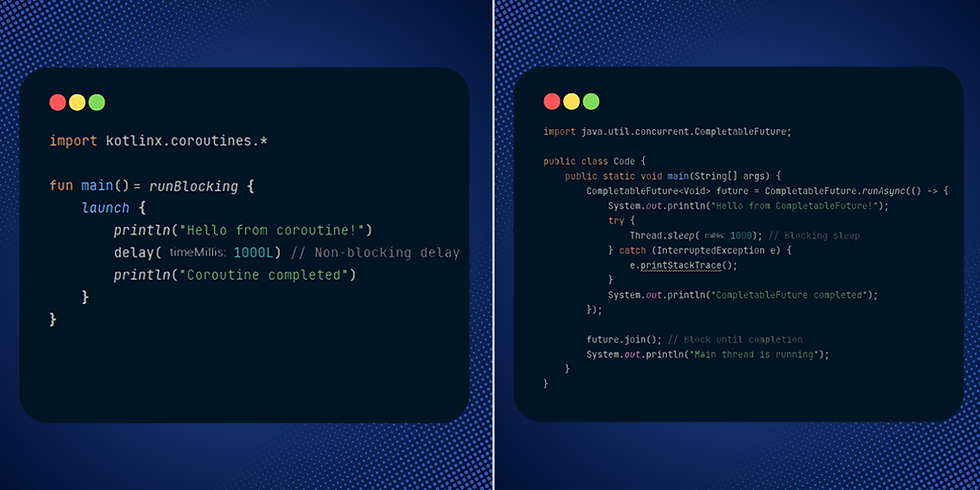REST, GraphQL, and gRPC: What's the Difference?
- Thalles Vieira
- 8 de dez. de 2024
- 2 min de leitura
As a backend developer, I’ve faced countless situations where choosing the right technology for system communication was crucial. Each project has its quirks, and the most popular options today are REST, GraphQL, and gRPC. Let me break down the differences between them in a straightforward way, so you’ll know which one to use in your next project.

REST: The classic everyone knows
REST (Representational State Transfer) is pretty much the bread and butter of backend development. It operates based on HTTP endpoints and uses methods like GET, POST, PUT, and DELETE to interact with resources.
Why use REST?
Easy to understand: If you know the basics of HTTP, you already know REST.
Highly compatible: Browsers, libraries, and frameworks support REST without headaches.
Flexible format: Although JSON is the most common, REST can return XML, YAML, or even plain text.
Weak point:
REST can be a bit "chatty." You often make multiple requests to get everything you need, like fetching a user, their orders, and then the items in those orders. This leads to overfetching (getting more data than needed) and underfetching (needing more data than you got).
GraphQL: Get exactly what you need
GraphQL came in as a game-changer to solve the overfetching and underfetching problem. It lets the client (frontend) request exactly the data it needs, no more, no less. Think of it like a waiter who brings only what you ordered from the menu, without cluttering the table with things you didn’t ask for.
Why use GraphQL?
Total flexibility: You define what you need in a single request.
Automatic documentation: The API "explains" itself (thanks to introspection).
Fewer requests: You can get everything done with a single endpoint.
Weak point:
Steeper learning curve: You’ll need to understand schemas, queries, mutations, resolvers, etc.
Performance can be tricky: Very complex queries can cause server bottlenecks.
gRPC: The performance rocket
If REST and GraphQL are "earth creatures," gRPC is the "space creature." It uses the HTTP/2 protocol to transmit data in binary format (faster than JSON) and even supports bidirectional real-time communication.
Why use gRPC?
Ultra performance: Perfect for systems that need to exchange data quickly.
Asynchronous calls: Great for microservices.
Compact: The binary format (Protocol Buffers) saves bandwidth.
Weak point:
Not very human-readable: Debugging gRPC can be challenging since you don’t see JSON-like readable data.
Less direct web support: It’s more suited for services talking to each other than for traditional frontends.
So, which one should you choose?
Go with REST if you want simplicity and something compatible with everything.
Go with GraphQL if you need flexibility, especially for public APIs or ones serving multiple consumers.
Go with gRPC if your priority is extreme performance, microservice communication, or data streaming.
Conclusion
In the end, there’s no silver bullet. Evaluate the context, understand your project’s requirements, and choose the tool that makes the most sense. After all, the best developer isn’t the one who knows everything, but the one who makes the best choices.
What’s your preference? If you disagree or have a war story with any of these technologies, share it! 👨💻




Comentários